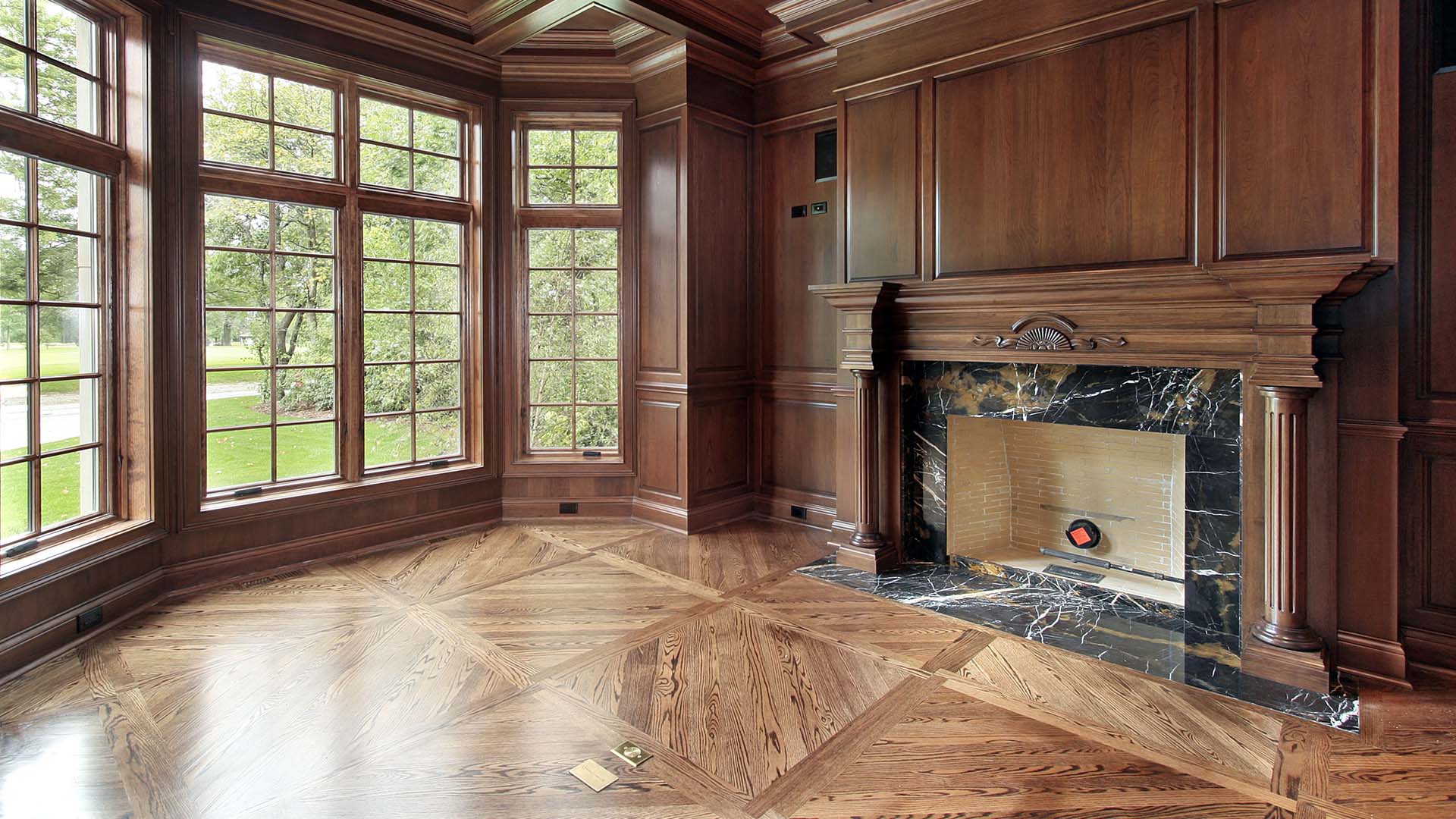
It is not hard to get off track when discussing the pros and cons of Pergo flooring. For many years, Pergo flooring was synonymous with laminate Flooring Waldorf Md; the reason being that it was Pergo that first came up with the idea of laminate flooring. Pergo is still the largest producer of this flooring type, even though the company is now owned by Mohawk, another fine producer of laminate flooring. In any event, any discussion of what is good or bad about Pergo flooring usually degenerates into an argument as to the pros and cons of laminate flooring in general.
Good Things about Pergo
Pergo has been in the laminate flooring business for longer than anyone else. There are many highly competitive brands today, but Pergo remains the top selling brand by a significant margin, which tells you something about the quality of their product line. Another positive indication that Pergo is a brand that can be trusted lies in their warranties, of up to 30 years, and more than reasonable for most types of flooring. Warranties have exceptions however. If you routinely spill liquids on your Pergo floor and don’t wipe up afterward, the floor will eventually begin to deteriorate, and the warranty will cease to be valid.
Pergo laminate flooring is almost ridiculously easy to install. The individual planks simply snap together. Most laminate flooring, including Pergo flooring, require an underlying material between the laminate and the subflooring. The Pergo Allocade product line is an exception, as an underlay material has already been added. Hardwood floors are difficult for non-professionals to install. If you can snap two boards together, you can install Pergo flooring yourself.
Finally, you can purchase Pergo flooring for half of what you might spend for hardwood flooring, and from a distance Pergo is indistinguishable from genuine hardwood. In addition you can install Pergo in rooms where it would be inadvisable to install genuine hardwood floors, such as kitchens, bathrooms, and rooms located below grade.
Not-So-Good Features
There is little to say about Pergo flooring that is really bad, although there are some really bad examples of laminate flooring on the market. If you want to find out what some of those bad examples are, purchase laminate flooring that is selling at clearance prices. Quality flooring products seldom sell for prices that “will never be repeated.”
Do not expect Pergo flooring to last nearly as long as oak, maple, or other hardwood floors. Thirty years is about the maximum, and brand names like Pergo, Mohawk, or Armstrong should give you at least 20 years of good service.
One of the main disadvantages of Pergo flooring is it cannot be refinished. The “wood” is thin veneer; very thin veneer. Scuff it, and the inner core might reveal itself. The inner core is not attractive, and a damaged plank or panel will probably need to be replaced.
No matter how much laminate flooring looks like the real thing, it rarely adds to the resale value of a house. A prospective buyer looking for a house with hardwood floors will usually bypass any house on the market featuring laminate flooring, even if that flooring is top-of-the-line Pergo flooring.
Which Types to Purchase
Color and texture is definitely your choice, and your choice alone. Current best sellers are Oak, Hawaiian Koa, and several styles of Hickory. Wider planks have become more popular in recent years. Pergo comes in widths ranging from 5 inches to 12 inches, and in thicknesses ranging from 8 mm to 12 mm.